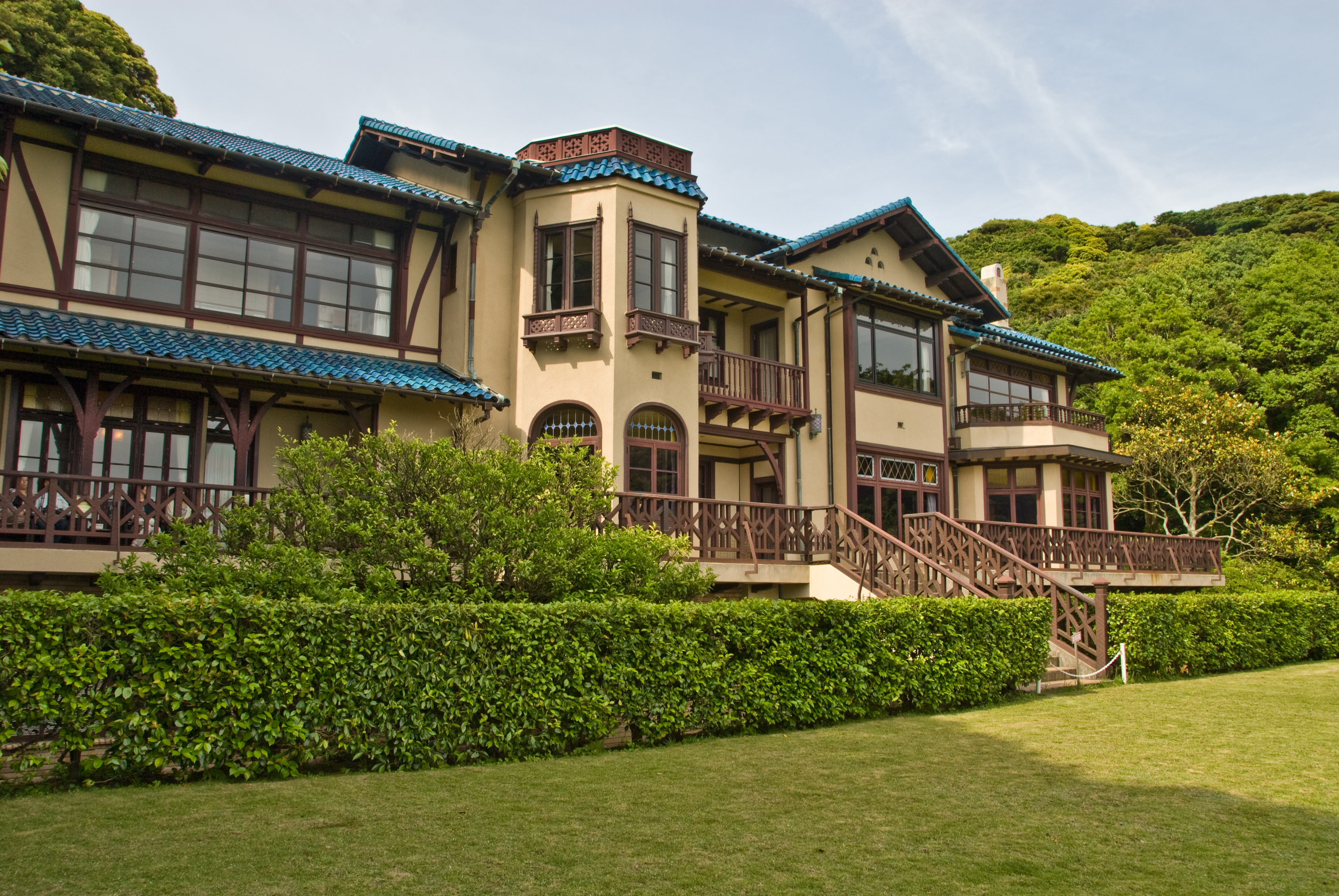- Kamakura Museum of Literature
Infobox Museum
name = Kamakura Museum of Literature
imagesize = 300
map_type =
latitude =
longitude =
established =1985
dissolved =
location =Kamakura, Kanagawa
type = Literature museum
visitors =
director =
curator =
publictransit = Bus or Enoden train from Kamakura station
website = http://www.kamakurabungaku.com/ (in Japanese)The nihongo|Kamakura Museum of Literature|鎌倉文学館 is a small museum in
Kamakura, Kanagawa ,Japan , that contains material about writers who have lived, died, or were active in the city of Kamakura itself. The museum displays personal effects, manuscripts, first editions, and documents owned by well over a hundred writers ofJapanese literature , includingSoseki Natsume andKawabata Yasunari , as well as film directorYasujiro Ozu . The villa that hosts the museum, its large garden and its rose garden are also of great interest.The plaque in front of the villa says:
Kamakura Museum of Literature (a villa of the old, noble Maeda family)
The house was erected in 1936 by
Toshinari Maeda (前田利為), the 16th head of the Maeda family, (part of the Kaga clan). It stands half way up a hill in Kamakura, overlookingSagami Bay . It represents the villa architecture of those days.Eisaku Sato , a former Prime Minister andNobel Peace Prize winner, once made use of it as his villa. It also appeared in a scene from "Spring Snow ", a novel byYukio Mishima , a well-known novelist. It opened to the public as Kamakura Museum of Literature in November 1985. The Main Building of the Kamakura Museum of Literature was registered as a National Registered Tangible Property in April 2000.Museum data
* Access: 7 minutes on foot from
Enoden 's Yuigahama station or 3 minutes from the "Kaigan Dōri" stop of the bus from Kamakura station to Fujisawa
* Open: from 9 to 5 between March and September, from 9 to 16:30 the rest of the year
* Ticket price: 400 yen. Extra fee for special exhibitions
* Address: Kamakura Museum of Literature, Hase 1-5-3, 〒 248-0016 Kamakura, Kanagawa
* Telephone: 0467-23-3911References
* cite book
last = Kamakura Shōkō Kaigijo
first =
coauthors =
title = Kamakura Kankō Bunka Kentei Kōshiki Tekisutobukku
publisher = Kamakura Shunshūsha
date = 2008
location = Kamakura
language = Japanese
id = ISBN 978-4-7740-0386-3
Wikimedia Foundation. 2010.
